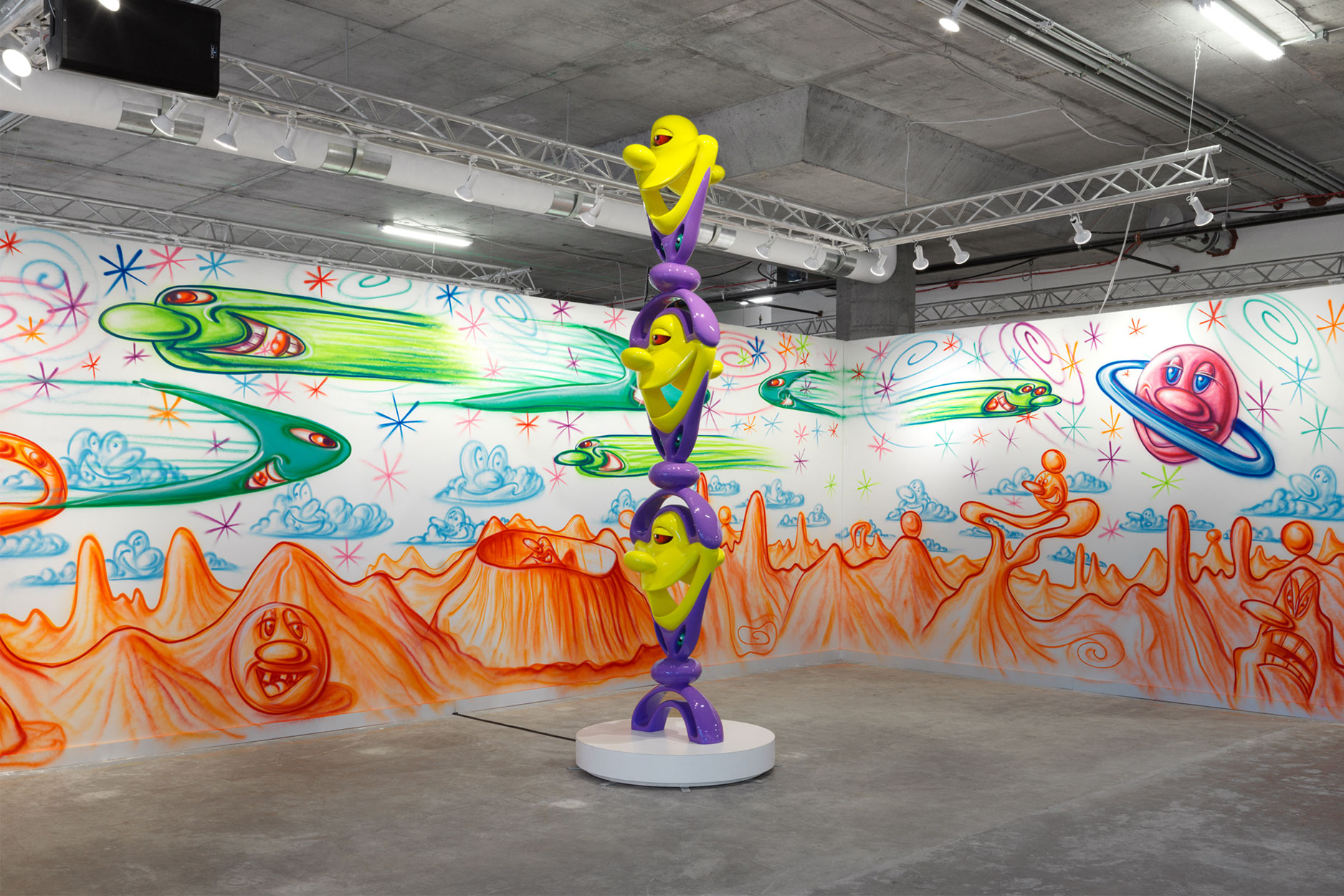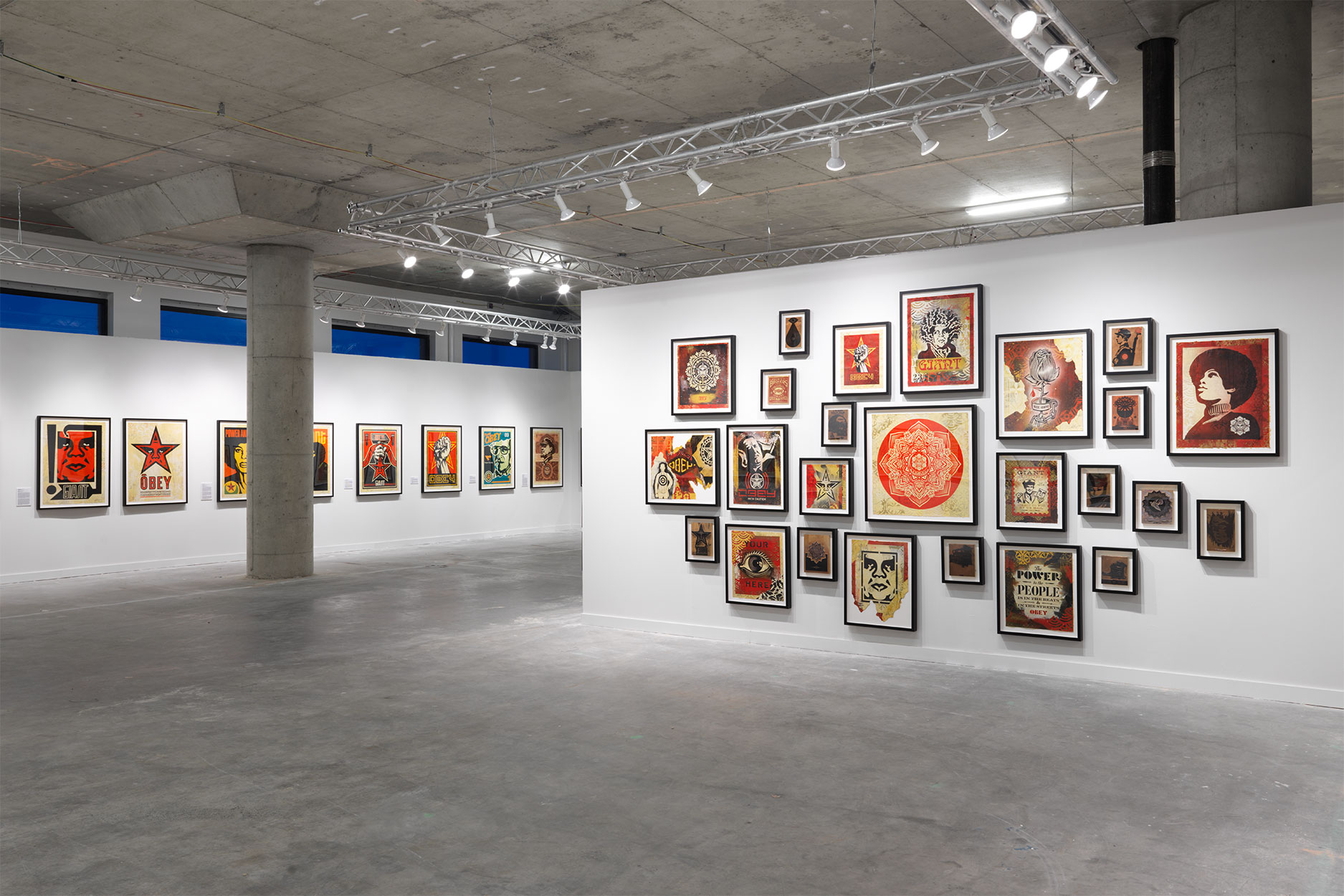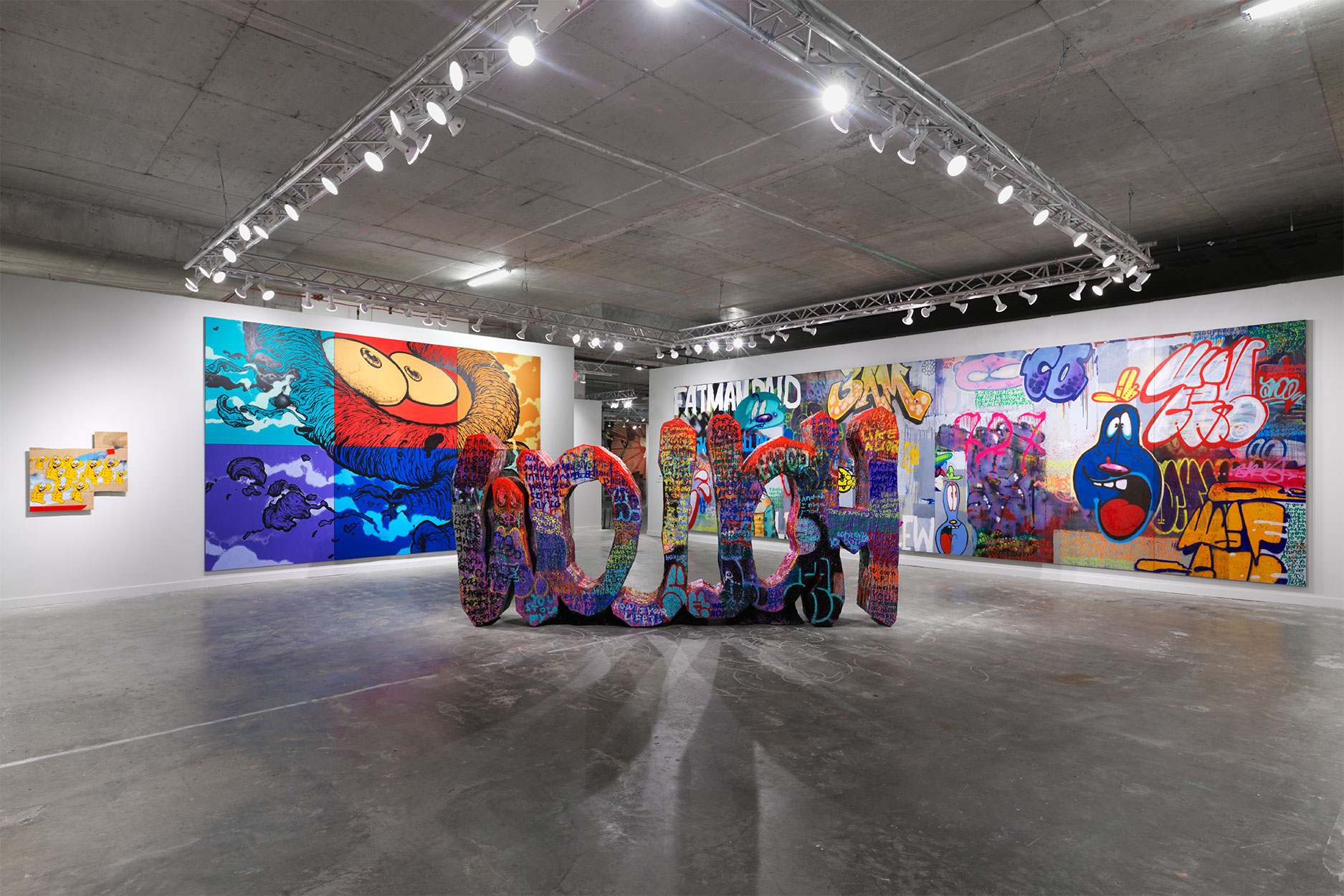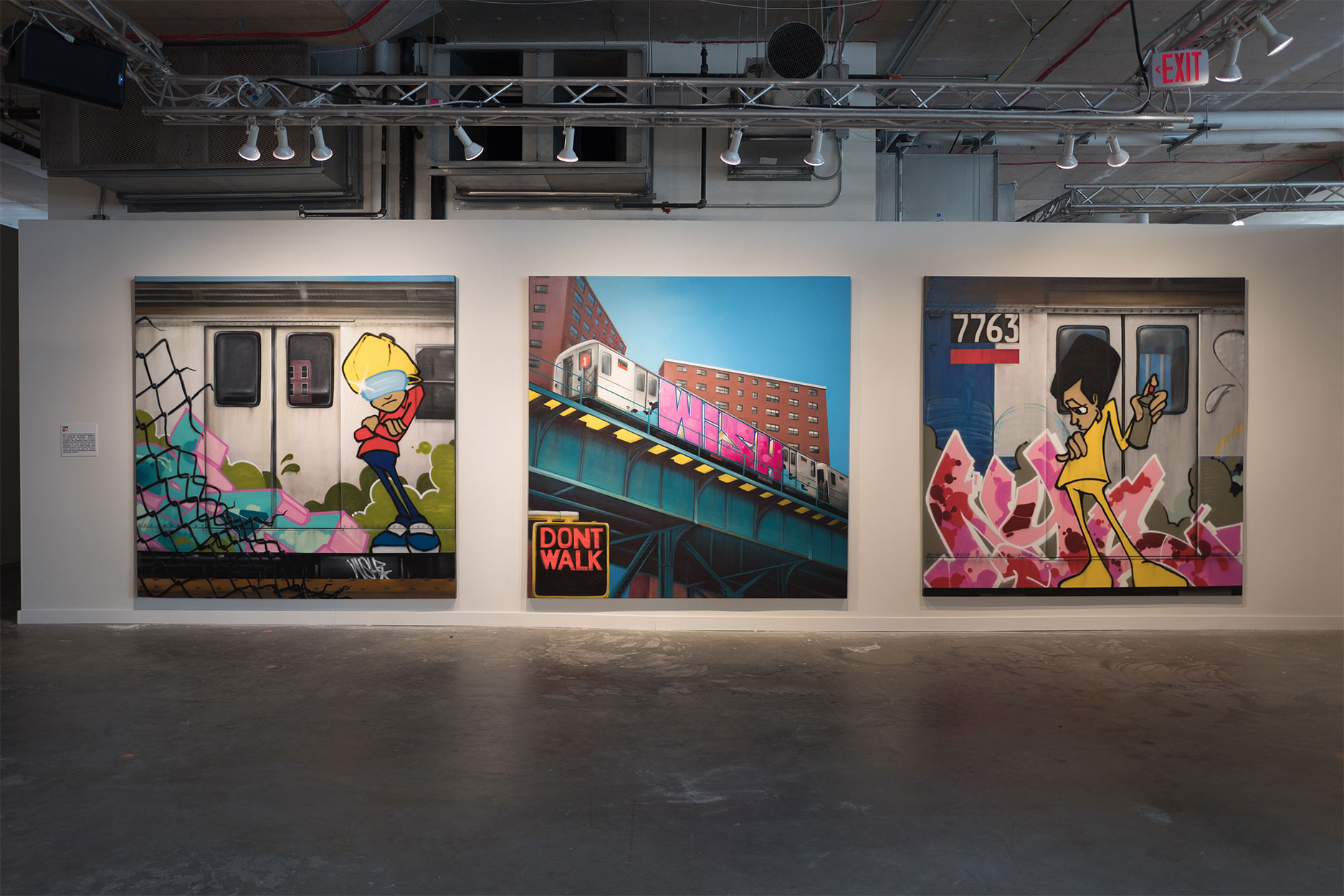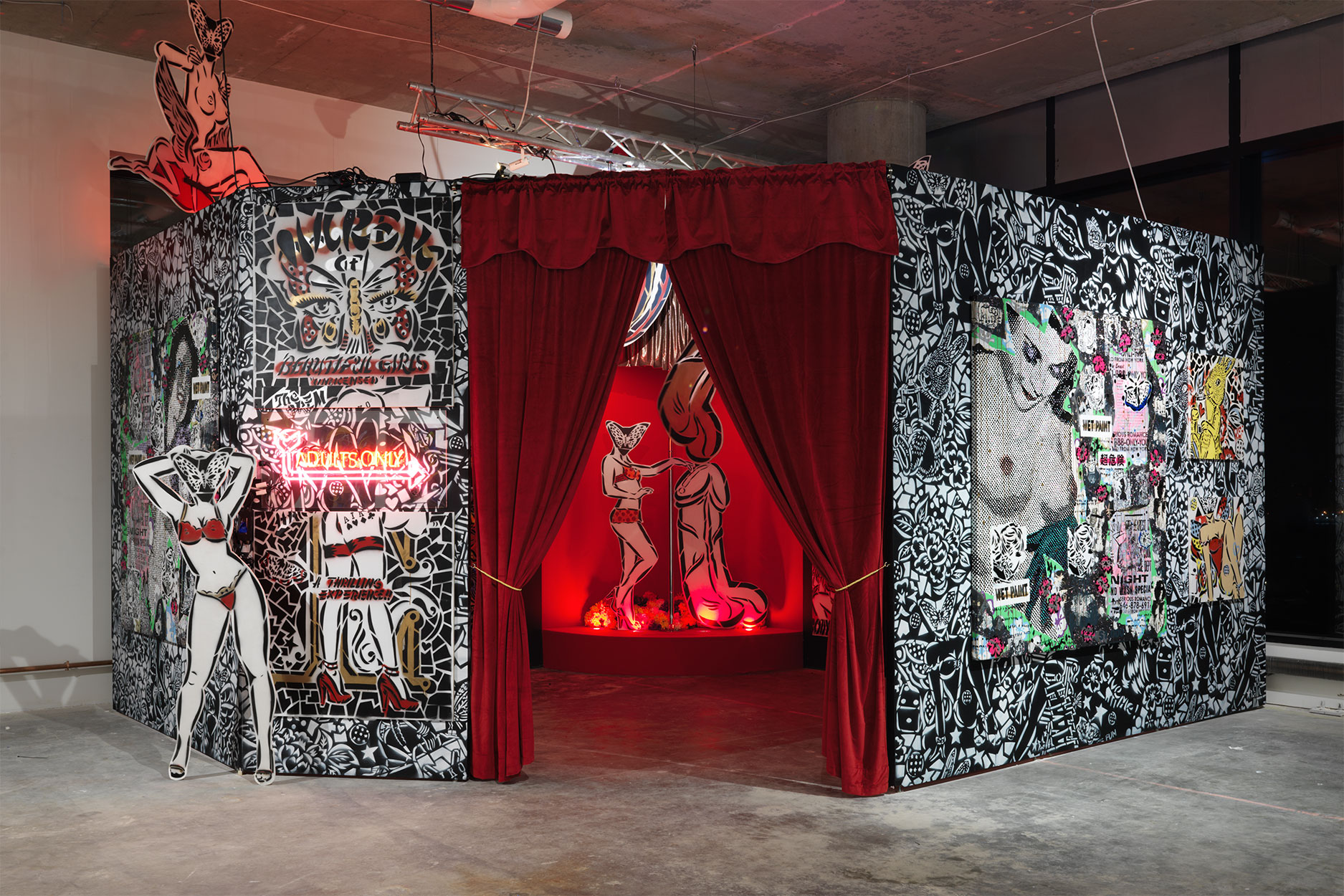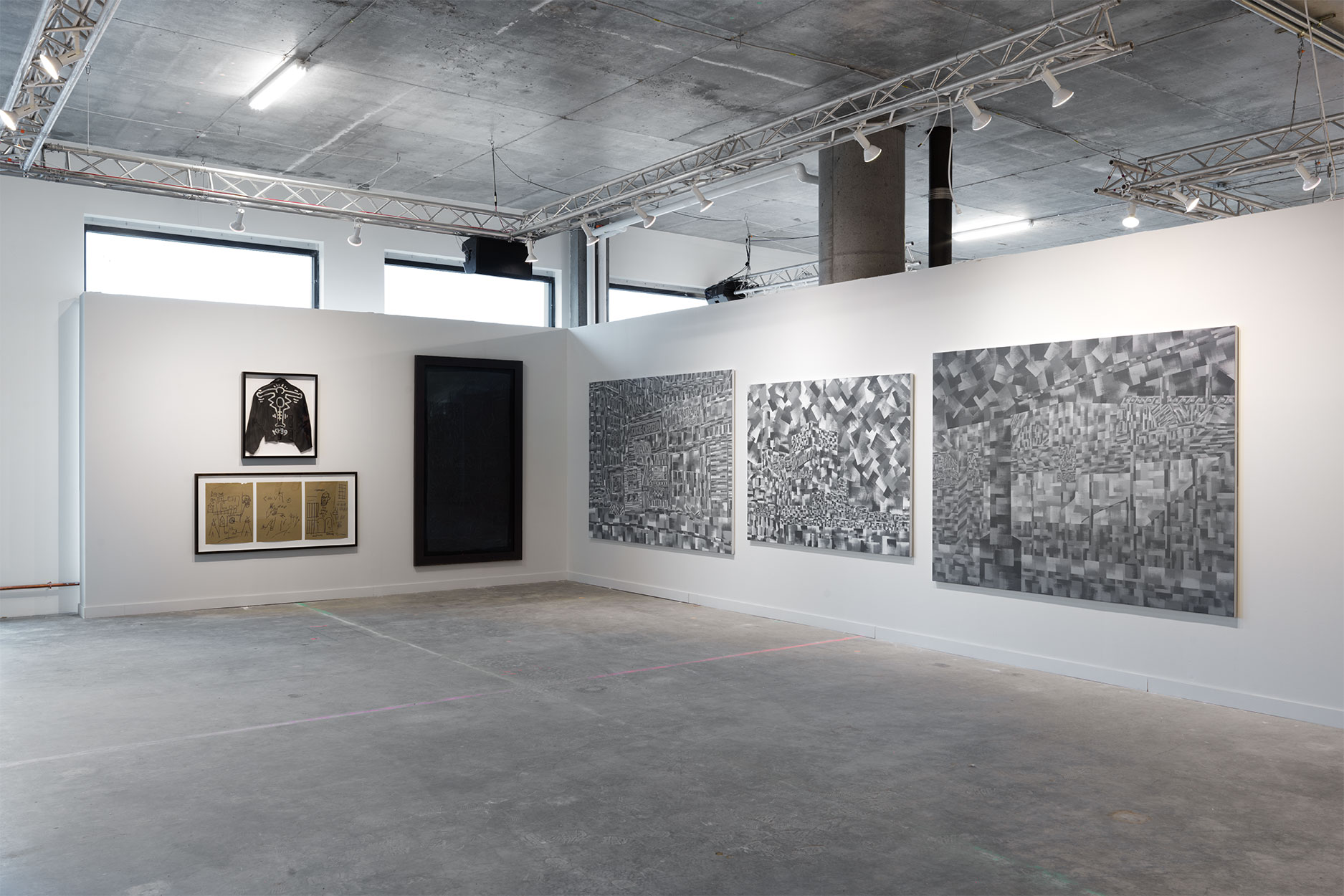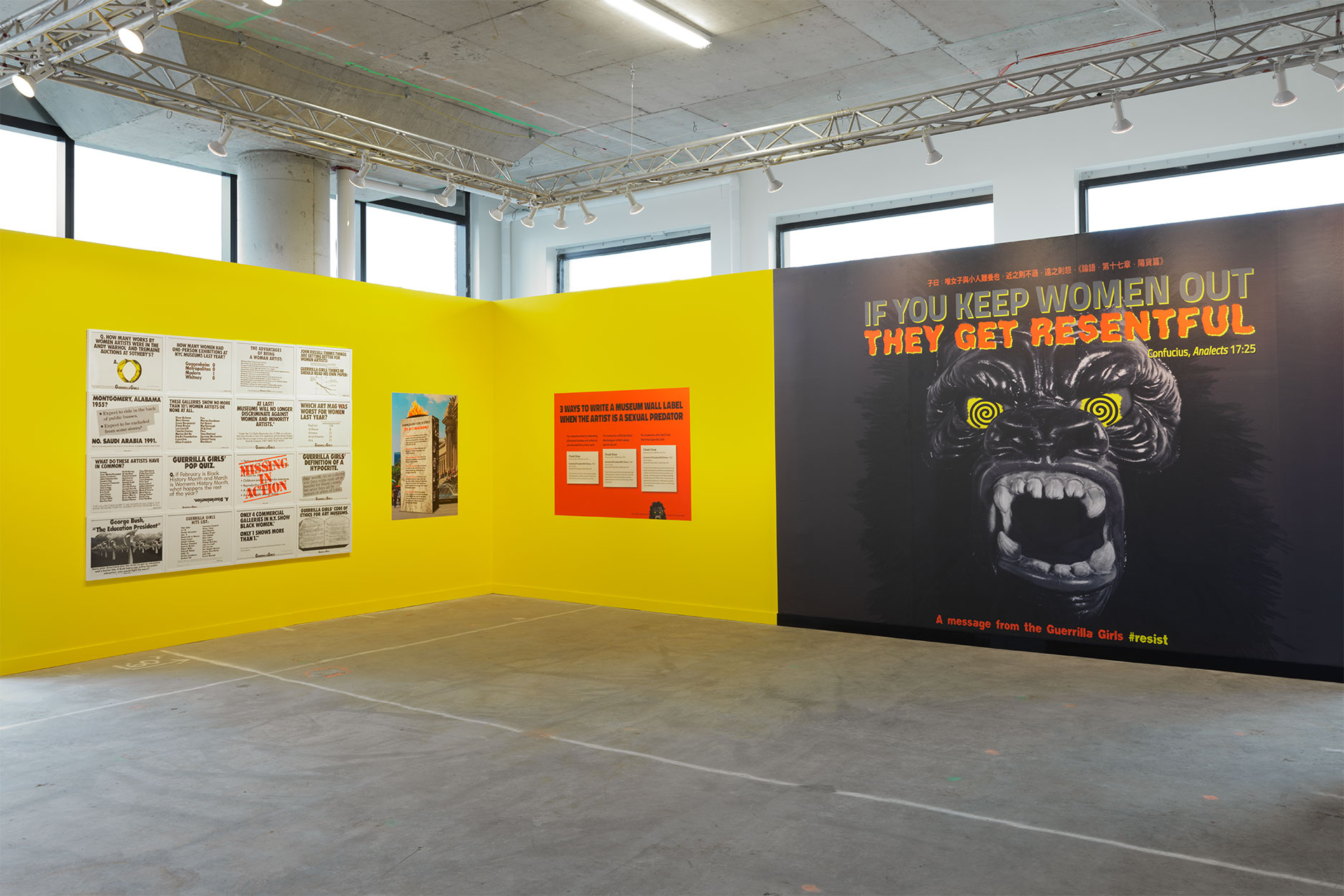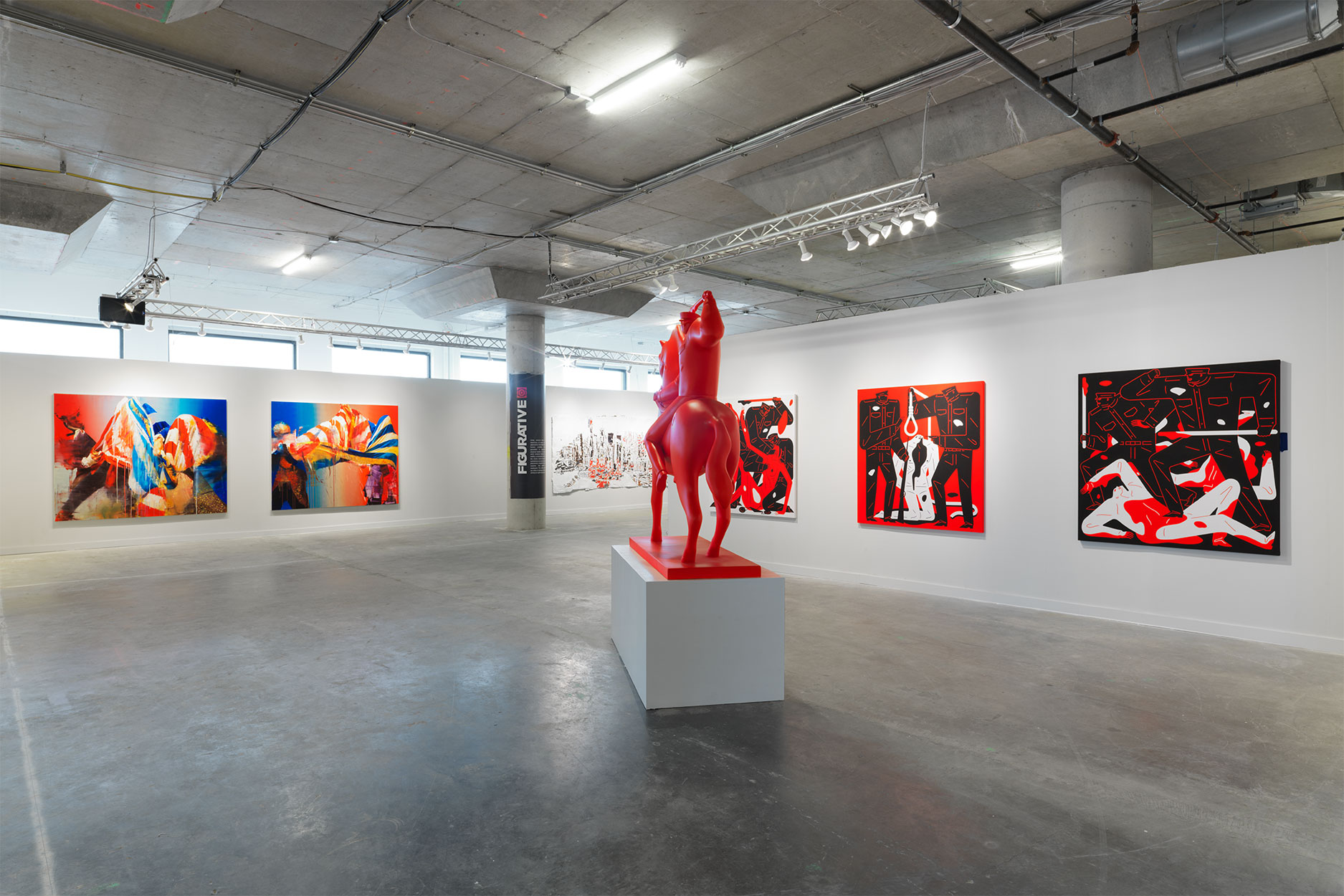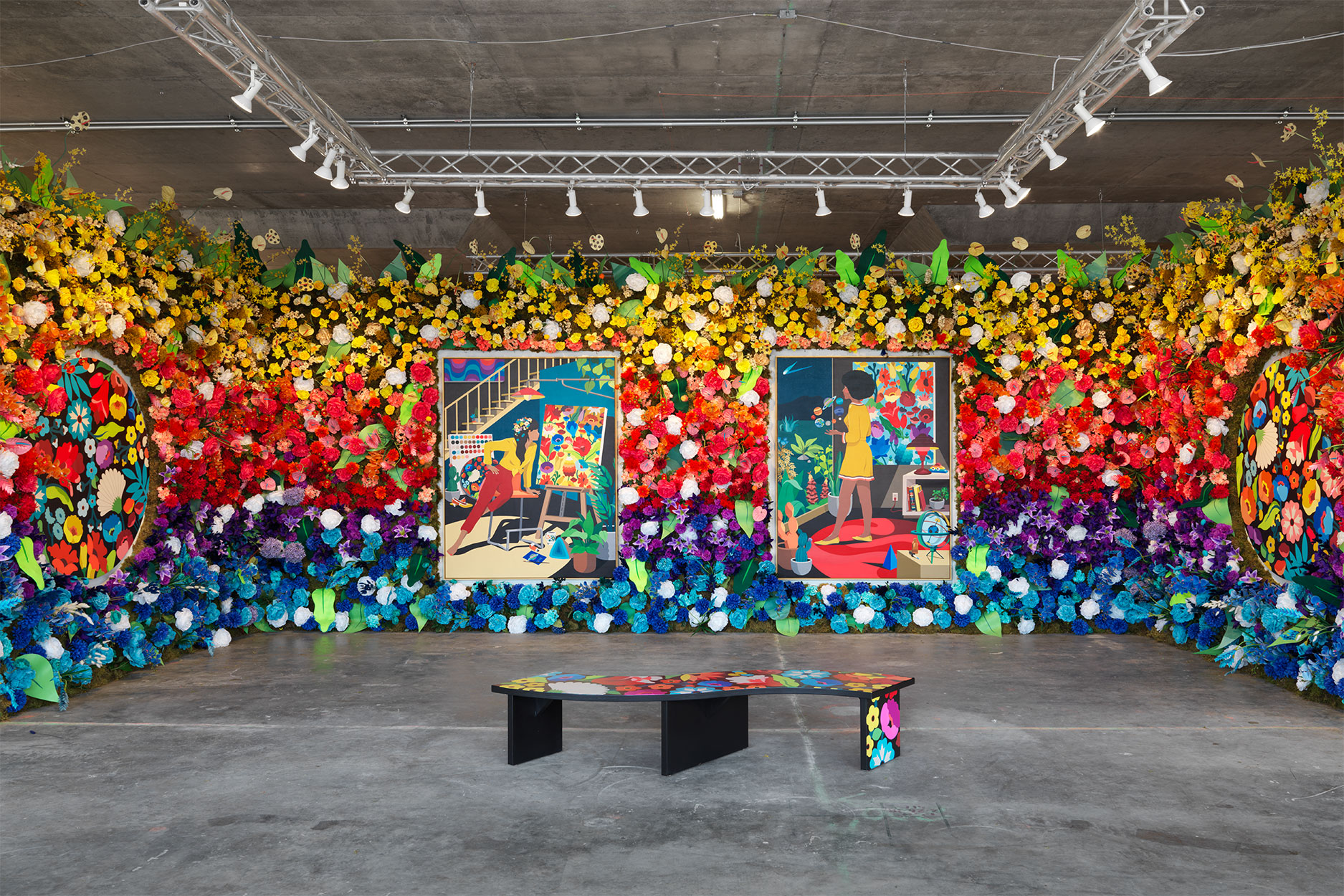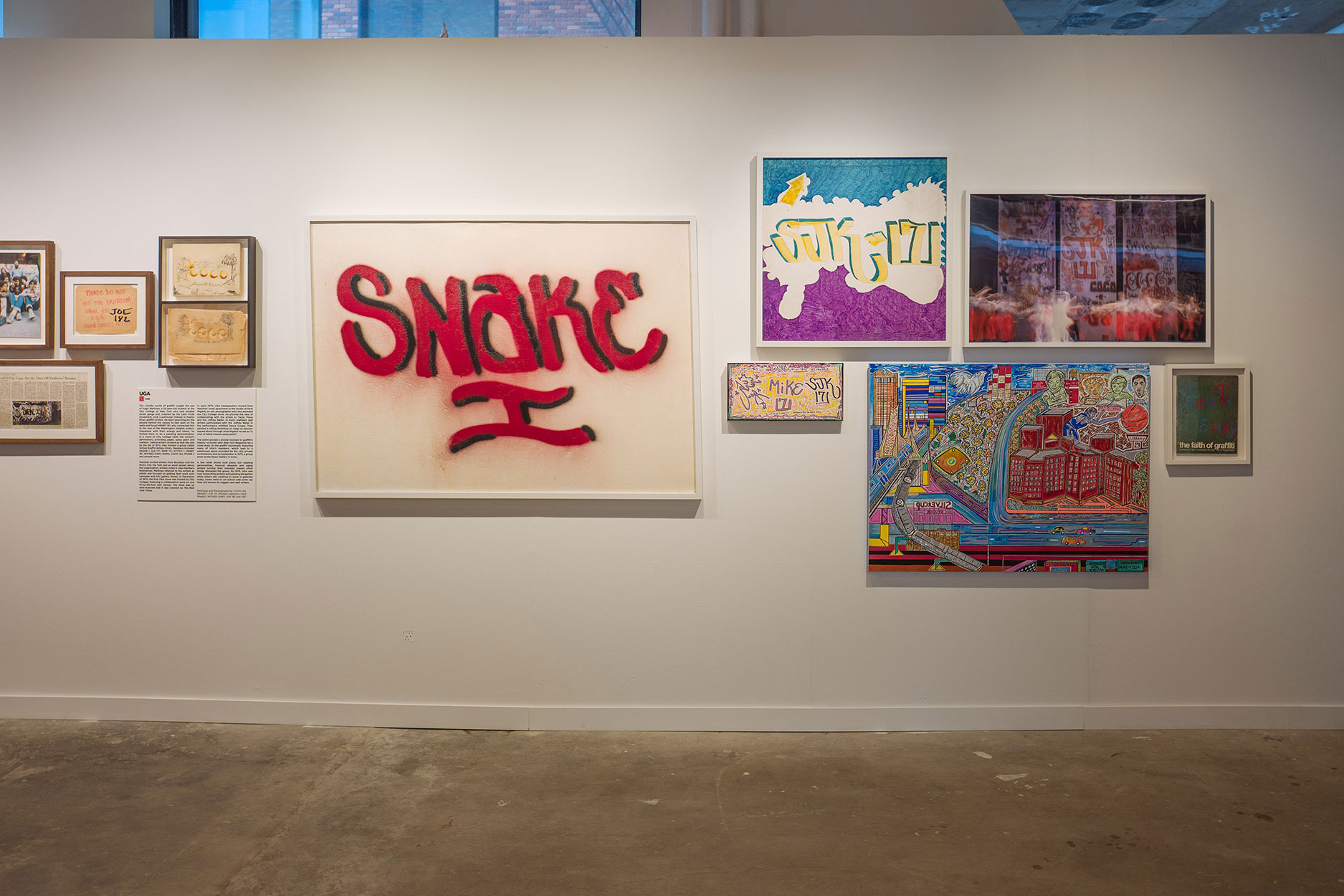Graffiti art has grown up. This decades-long evolution from vandalism to a respected art form is chronicled in the new behemoth exhibition “Beyond the Streets,” which showcases over 1,000 works by 150 artists across two expansive floors at 25 Kent in Williamsburg, Brooklyn. It’s a continuation of “Art in the Streets,” a blockbuster retrospective that was housed at the Museum of Contemporary Art, Los Angeles in 2011. The brainchild of Roger Gastman, an urban anthropologist and graffiti historian, the show comprehensively visualizes the story arc of street artists who were once considered outliers.
“Artists have gone from the streets into the studios,” says Gastman at the show’s opening. “The culture had been around for 50-plus years, so the people that were doing it during the ’70s, ’80s, ’90s, and early 2000s are now people of power, working at magazines, other outlets, and different museums. They’re able to enjoy what they grew up with, and talked about. The guard has changed.”
These days, graffiti has been put into limelight, selling for upwards of seven figures. Decades ago, however, artists including Keith Haring, Jean-Michel Basquiat, Lady Pink, Mike 171 and more were working on the edge, especially in New York. With the city’s anti-graffiti laws in place, the practice of using public utilities as canvases—from subway cars to building facades—was (and still is) considered an illicit activity, giving the youths who used spray paint as their medium of choice the reputation of being the dregs of society. Still, they were undeterred. Rebuking the status quo, they embraced graffiti as a means to make their mark in society—in this case, literally.
“We knew we were creating a new culture.” Mike 171 says. “You have to understand that back in ’68, we had Vietnam going on; we had Nixon as president; Martin Luther King Jr. and Robert Kennedy were assassinated; and my pops died that year. I turned 12, and took to the streets, the underground, the tunnels, to the subways with Steve [Kesoglides]. We were the only white guys in the neighborhood. We were able to express ourselves with colors and squiggly lines.”
In fact, many say that it was Kesoglides’s squiggly lines that inspired the late Keith Haring, who has become one of the most commercialized artists today, having his figures appear on everything from water bottles to the runways at Paris Fashion Week. It is this entry into the mass market that is the crux of the exhibition, with much of the focus on graffiti’s place in the zeitgeist.
“The work in this show is not taken from the street,” Gastman says. “It’s about the artists who have gone from the street to the studio. They have true studio practices; true gallery representation; true museum shows.”
From legends like Kesoglides (aka SJK 171) and Eric Haze, to contemporary talents such as Kenny Scharf and the Guerrilla Girls, “Beyond the Streets” is vast, all-inclusive, and a vivid depiction of graffiti’s rise into the mainstream.
Here are 10 highlights from the show.
